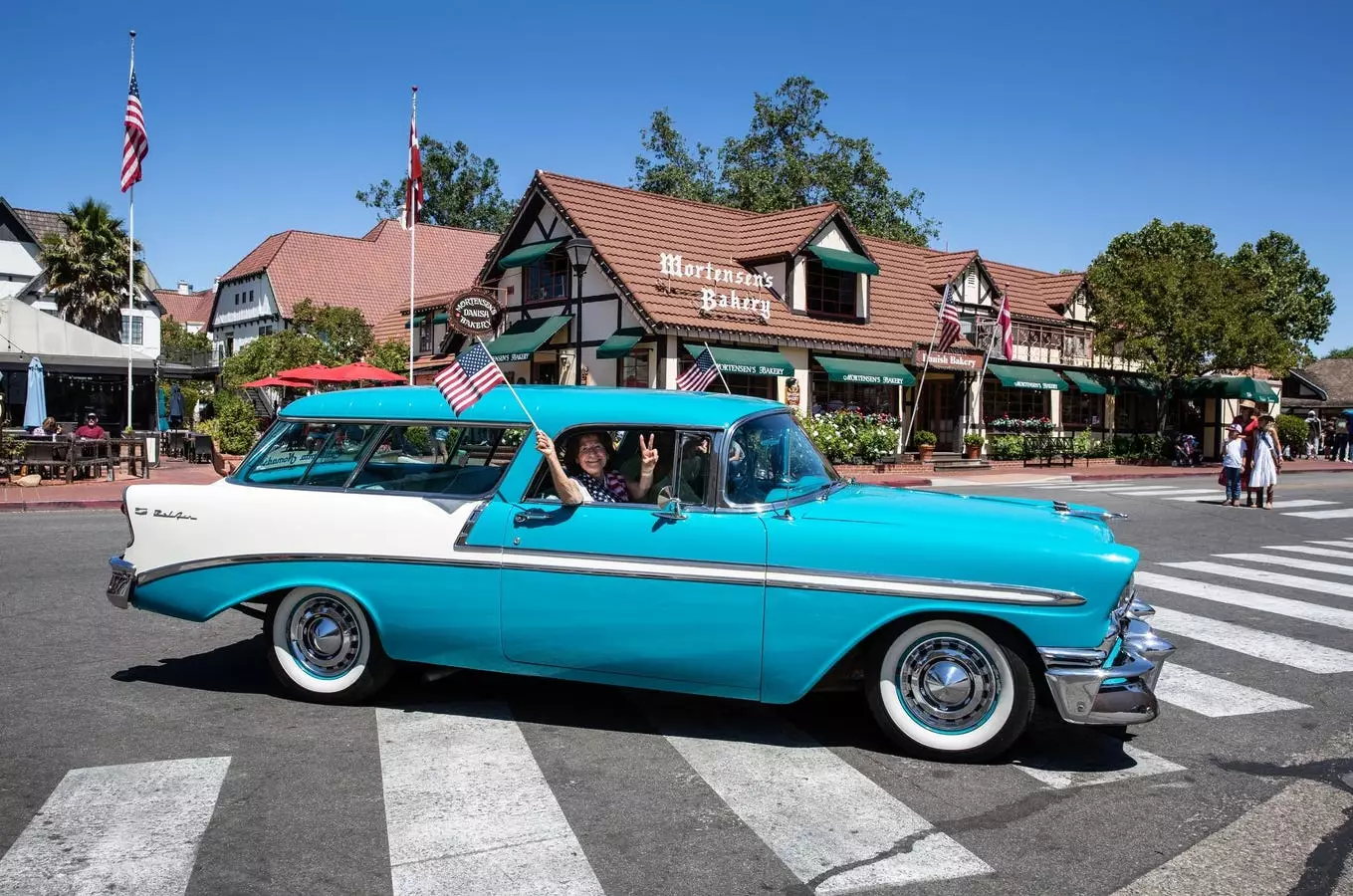For many Americans, summer symbolizes barbecues, backyard gatherings, and the irresistible allure of flames dancing over charcoal. Traditionally, meat-heavy menus paired with bold reds or light beers have dominated this scene. Yet, a quiet revolution has been unfolding: rosé wine is emerging as the quintessential summer pairing, not merely as an Instagram-friendly accessory but as a serious contender that enhances the entire grilling experience. This shift challenges the outdated notion that rosé is overly sweet or insubstantial. Instead, it advocates for a wine that complements smoky, savory foods while offering refreshment, complexity, and sophistication.
What makes this evolution compelling is its ability to elevate casual get-togethers into memorable culinary occasions. By exploring a diverse spectrum of American-made rosés, from California to Texas, enthusiasts are discovering that these wines can serve as versatile partners—whether accompanying grilled seafood, smoky ribs, or spicy sausage. They break the mold of what summer wine can be, balancing vibrancy with elegance. The new wave of American rosé claims a place at the grill, not just as an outlier but as a core component that could redefine summer dining in the United States.
Beyond the Cliché: Quality and Diversity at the Heart of New American Rosés
The modern American rosé landscape is rich and varied, anchored in innovative vineyard practices and a willingness to experiment with grape blends and climate conditions. Take the Banshee Rosé 2023 from Sonoma County, for example. Its whimsical label, reminiscent of fantasy tales, masks a serious blend of Pinot Noir, Sangiovese, Petite Sirah, and other grapes, resulting in a wine that’s approachable for newcomers yet nuanced enough for connoisseurs. Its candied profile makes it an ideal entry point for those hesitant to explore more structured wines, providing a sweet-spot of accessibility and depth.
In contrast, the Coffee-colored Bricoleur Vineyards Kick Ranch Rosé demonstrates that rosé can boast a more substantial structure. Built on Grenache, with hints of stone fruit and tangerine, it pairs beautifully with hearty foods like cheeseburgers and flavorful ribs—a testament to rosé’s adaptability. Similarly, the Chamisal “Marlene” offers a cool-climate profile, sourced from grapes near the Pacific Ocean, with a light, tropical character rooted in melon and grapefruit. Its sustainability, combined with delicate acidity, makes it a dependable choice for those who want a wine that delivers freshness without sacrificing complexity.
Then, there’s the Cabernet-centric sophistication of Copain Wines’ “Les Voisins,” which whispers of earthiness, raspberries, and tart cherries—an ideal match for grilled shrimp or gourmet salads. Ferrari-Carano’s Dry Sangiovese Rosé provides a pop of red fruit, perfect for straightforward, casual summer meals. Each of these options exemplifies how American rosés have transcended their perceived limitations and now embrace a wide range of styles—some light and fruit-driven, others mineral-rich with a touch of austerity—that coexist beautifully on the summer table.
Innovating with Terroir: The New Standards of Rosé Complexity
One of the most exciting developments in the American rosé renaissance is its growing emphasis on terroir—how local soil, climate, and vineyard practices shape flavor profiles. The Finger Lakes region, with its cooler microclimate, yields a delicate yet fleshy rosé from Dr. Konstantin Frank Winery. Led by historic grape varieties like Saperavi and Pinot Noir, this wine balances bright citrus with fruit-forward richness, making it a refreshing but layered complement to grilled fish or vegetable skewers.
Meanwhile, California producers like Frank Family and Inman Family Wines are pushing boundaries by producing structured rosés that are both lively and refined. Frank Family’s “Leslie Reserve” reflects the bright, tropical fruit spectrum of strawberry, guava, and grapefruit, while Inman’s “Endless Crush” offers ripe berry flavors with a backbone of solid structure—evidence that rosé can carry serious weight on the plate. These wines exemplify a shift in philosophy: rosé is no longer just a summer sipper meant to be consumed quickly but a serious food wine capable of standing up to complex flavors and robust dishes.
Texas, often overlooked in the wine conversation, emerges as an unexpected leader. Pedernales Cellars’ “Aletheia” and Spicewood Estate’s Grenache Rosé demonstrate that the Lone Star State can produce elegant, food-friendly rosés with a delicate profile—light on the palate yet full of character. These wines challenge stereotypes and show that American innovation is alive and well, even outside traditional wine regions.
The Future of American Rosé: Bold, Versatile, and Unapologetically Patriotic
The increasing popularity and diversity of American rosé signal a broader cultural shift—it’s about authenticity, quality, and breaking conventions. Wineries are harnessing indigenous grapes, exploring new blends, and sustainably producing wines that speak to their region’s unique character. They are proving that rosé can be more than a fad—it’s a lifestyle choice, a statement of craftsmanship, and a reflection of regional identity.
This democratization of rosé—a wine accessible yet complex—has transformed how Americans approach summer drinking. It’s no longer about quick, sugary refreshers; it’s about enjoying wines that elevate grilled classics, stand confidently on their own, and reflect a distinctly American palate. When paired thoughtfully with smoky ribs, charred vegetables, or simply enjoyed on its own, these wines serve as a reminder that summer’s spirit isn’t just in the flame but also in the glass.
As America continues to innovate, challenge, and refine its approach to rosé, one thing is clear: this is more than a trend. It’s a new chapter in the American wine story—bold, vibrant, and unafraid to celebrate both tradition and progress.

